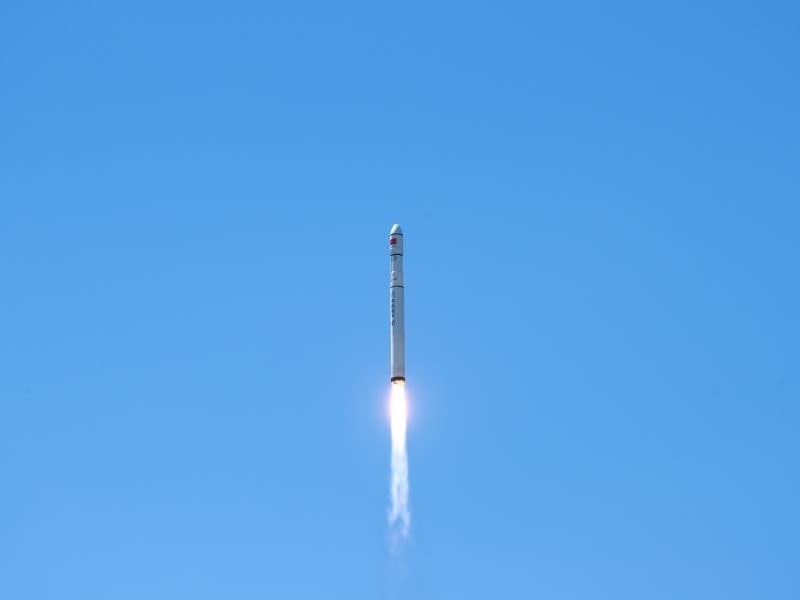Title: China's Long March-6C rocket makes maiden flight
Share:
Linkedin
Whatsapp
Facebook
 Description:
Description:
China's Long March-6C carrier rocket made its debut flight on Tuesday, placing four satellites in space.
The rocket blasted off at 11:21 a.m. (Beijing Time) from the Taiyuan Satellite Launch Center in north China's Shanxi Province, sending Neptune-01, Smart-1C, a wide-band optical satellite, and a high-resolution video satellite into planned orbits.
It was the 520th flight mission of the Long March series rockets and marked the introduction of a new member to the series, enriching the category of China's new generation of Long March carrier rockets.
The Long March-6C carrier rocket was developed by the Shanghai Academy of Spaceflight Technology (SAST) and aimed to serve the future commercial launch market.
As a new generation of liquid carrier rocket, the Long March-6C has a first stage in a diameter of 3.35 meters, propelled by two liquid oxygen kerosene engines with 120 tonnes of thrust, and a second stage in a diameter of 2.9 meters, powered by a liquid oxygen kerosene engine with 18 tonnes of thrust.
Read also: China prepares to launch Chang'e-6 lunar probe
The total length of the rocket is about 43 meters, with a take-off weight of about 215 tonnes. It has a carrying capacity of about 2.4 tonnes for a 500 km solar synchronous orbit and can be equipped with various satellite fairings according to different launch missions.
In the growing satellite launch industry, users require highly reliable, cost-effective, adaptable and fast responsive carrier rockets.
The Long March-6C carrier rocket applied the adaptive augmentation control technology to realise precise control of its attitude and push forward the intelligence of the rocket control system.
"The technology can be explained as intelligent driving in a simple manner," said Hu Cunming, a rocket expert at the SAST.
Moreover, the researchers also reduced the excess space between two tanks inside the rocket to lose its weight and make it carry as much fuel as possible. The development improved both structural efficiency and carrying capacity of the rocket.
Notably, the four satellites onboard the rocket went through open commercial biddings to be collectively launched.
Published Date: 07-May-2024
Share:
Linkedin
Whatsapp
Facebook
